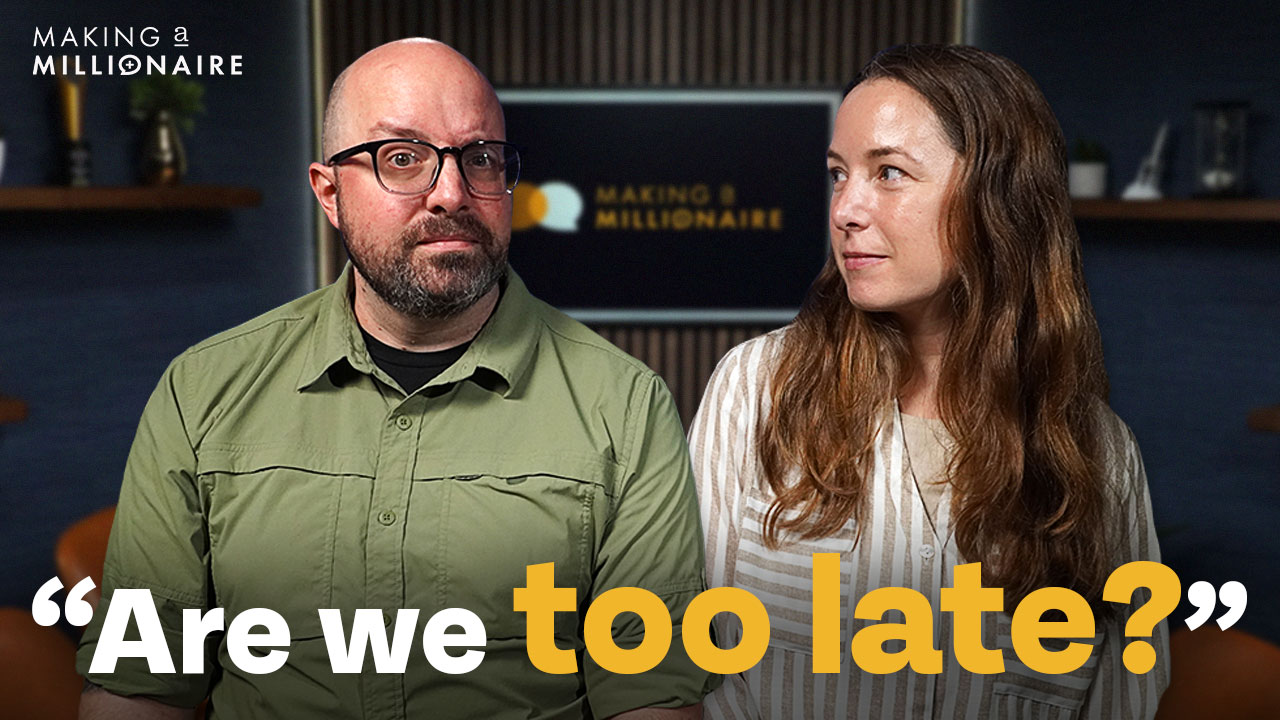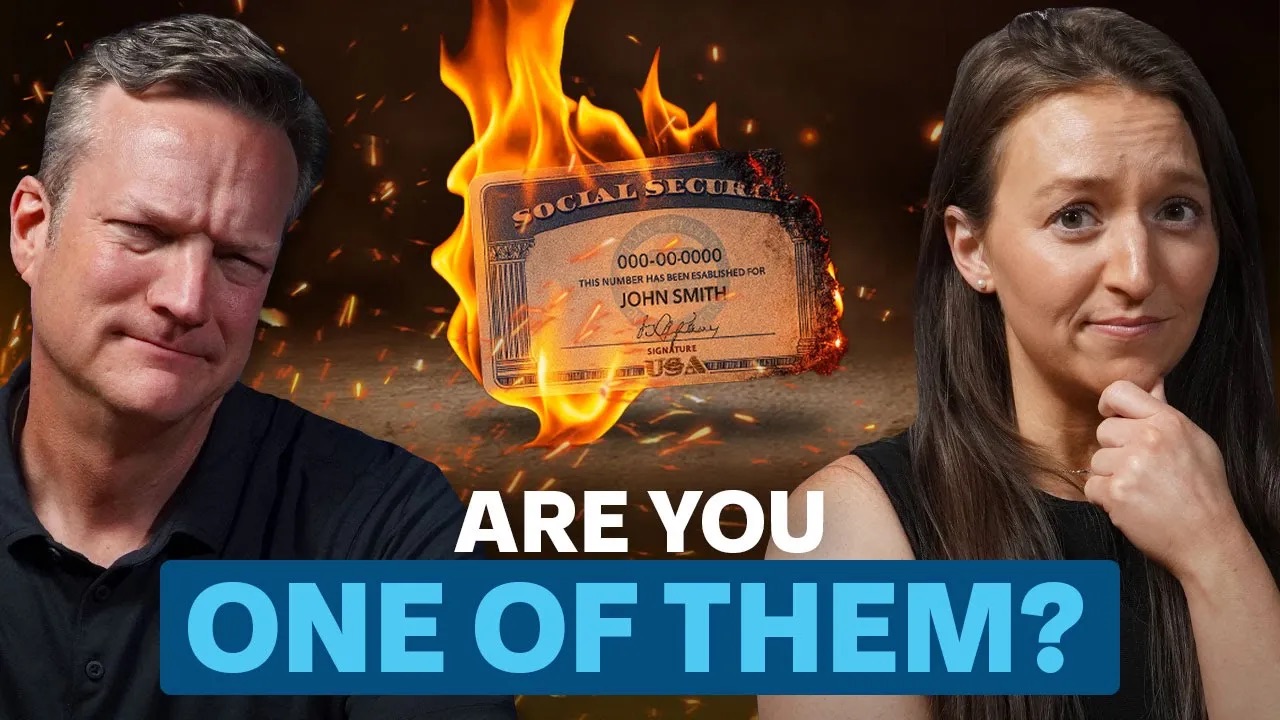We have a question for you guys. "We've heard the guys talk about the three-bucket strategy. Could Brian and Bo speak to the three-bucket withdrawal strategy as compared to, say, the four percent rule?"
For more information on this topic, check out this show called
"The 3 Buckets Strategy of Retirement Planning Explained."
So, for those of you who aren't familiar, when we reference the three buckets, what we're talking about is as you build your retirement assets, you build your portfolio. We like for you to build up three distinct tax buckets. I want you to have your tax-deferred bucket - that's like your 401ks and your IRAs. Then you have your tax-free bucket - that's like your Roth IRAs and your HSAs. And then we want you to have your after-tax bucket - that's the stuff that you don't get a tax incentive now on, but they grow at incentivized capital gains rates through time. Well, what happens is if you can build up those three buckets as you work through your accumulation phase, then when you get to retirement, you can kind of control your tax situation. If you fall in the really, really low tax brackets, you can pull money out of your pre-tax to max out those low tax brackets. And if you still need money, you can go pull money out of your after-tax, or you can go pull money out of your Roth, and you can control no matter what tax policy is in place where your income taxation falls.
So, having the three buckets built up gives you a lot of flexibility. I think, Brian, some of the confusion that people have - well, one, there's terminology confusion, but two, there's this confusion to say, okay, what's the difference in the three-bucket strategy, but like the four percent withdrawal rate, not recognizing that those actually work in conjunction with one another - the three buckets and the four percent - that they're parts of the same plan, not completely separate things. By the way, I'm not willing to walk away from our three buckets because we've been using buckets for years upon years, and I still love because I get a visual when I think about buckets. Is that different buckets? One might have a hole in it; one might have two or three holes in it, and how well they hold water is the visual. I want you to know Roth IRAs have no holes in the bucket. They hold all the money in the world. But you can understand how tax-deferred, with the required minimum distributions and the taxability and ordinary income tax rates, that's a few holes in that bucket, and then taxable, they have some holes in the fact that you got to pay taxes every year. So, the analogy works, but there is no difference because, and look, I love this. This is what I love about personal finance because it was brought to my attention. I've known this. Like we have a friend of the show, if you think about Fritz and Retirement Manifesto, I think Fritz really does a good job, and a lot of people in the FIRE movement have followed Fritz's ideas on the way he buckets. He uses the same term for buckets, talking about what's the need for the money - is it short-term, is it mid-term, and is there long-term? Yeah, because you put in those different buckets the timing of the need is. And look, this is no different than when I say we're using a retirement vehicle - that could be a Roth IRA, it could be your custodial, it could be your brokerage account, it could be your tax-deferred. That's a vehicle. But then you can use accounts; you can use buckets; you can use vehicles.
They're all kind of the same thing, but I love the bucket visual that I get of thinking about a leaky bucket. But Bo's right, look, the four percent is the safe withdrawal rate that you've heard people talk about from the Trinity study and other things where they talk about because of asset allocation, because of the typical 30-year retirement, this is how much you can actually pull out of your portfolio without risk. But you do need to make sure that you understand, and this is bringing in so many financial planning concepts, and I respect it, but I think that it just kind of muddies the water in the fact that short-term money is obviously something you don't want to take risk on.
Short-term money is going to be in that short-term bucket. Mid-term money is the money that you're going to need probably within the next three to five years. You want to have it in something, but it still better be somewhat conservative because it's going to be needed shortly for upcoming goals and cash flow and so forth. And of course, long-term money that's at seven plus and beyond, you can let that money rip and grow and build opportunity. But you're going to require really a mix of all three, that's the asset allocation that the four percent or safe withdrawal rate is built off of. Because all this is coming and bringing it back to the point, have you stress-tested your plan? You can use the four percent safe withdrawal rate to spot-check or do napkin financial planning to say, 'Hey, what is the what am I trying to build my money up to? Know your number.' There's a reason we have a course on learn.moneyguy.com where you can actually know your number. We have the spreadsheet that does the math, actually incorporates safe withdrawal rates, incorporates what you think growth rates are in both the conservative, what you think will happen as well as, 'Oh my goodness, we're going to be rich, and this is actually doing really well.' We've built all that into the tool so that you hopefully can kind of check the box on all these things so you can actually be very tax-efficient with your bucket strategy but also pay attention to when and where you'll need the cash flow to enter retirement well. But it still doesn't take away the fact you better stress-test because napkin planning is very beneficial to creating an idea of what you need. But before you cross the threshold of actually entering retirement, just know what you're getting into because there's a lot that goes into it beyond just the safe withdrawal rate. There's a lot of cyclical stuff, there's a lot of life stuff, and I don't want you to skip any steps there. And because you only have one retirement, you probably want to talk to somebody who's done hundreds of retirements so you don't have blind spots or just know that there are things that you're missing out on. One of my saddest things is when somebody has been a client with us for seven to ten years, and then they move on as they actually enter retirement, and I'm like, 'Man, this is when the stuff gets good. This is when we actually even go deeper into the value add between Social Security, Medicare, the Roth conversion strategies. Don't outsmart yourself on some of that, that's great.'














